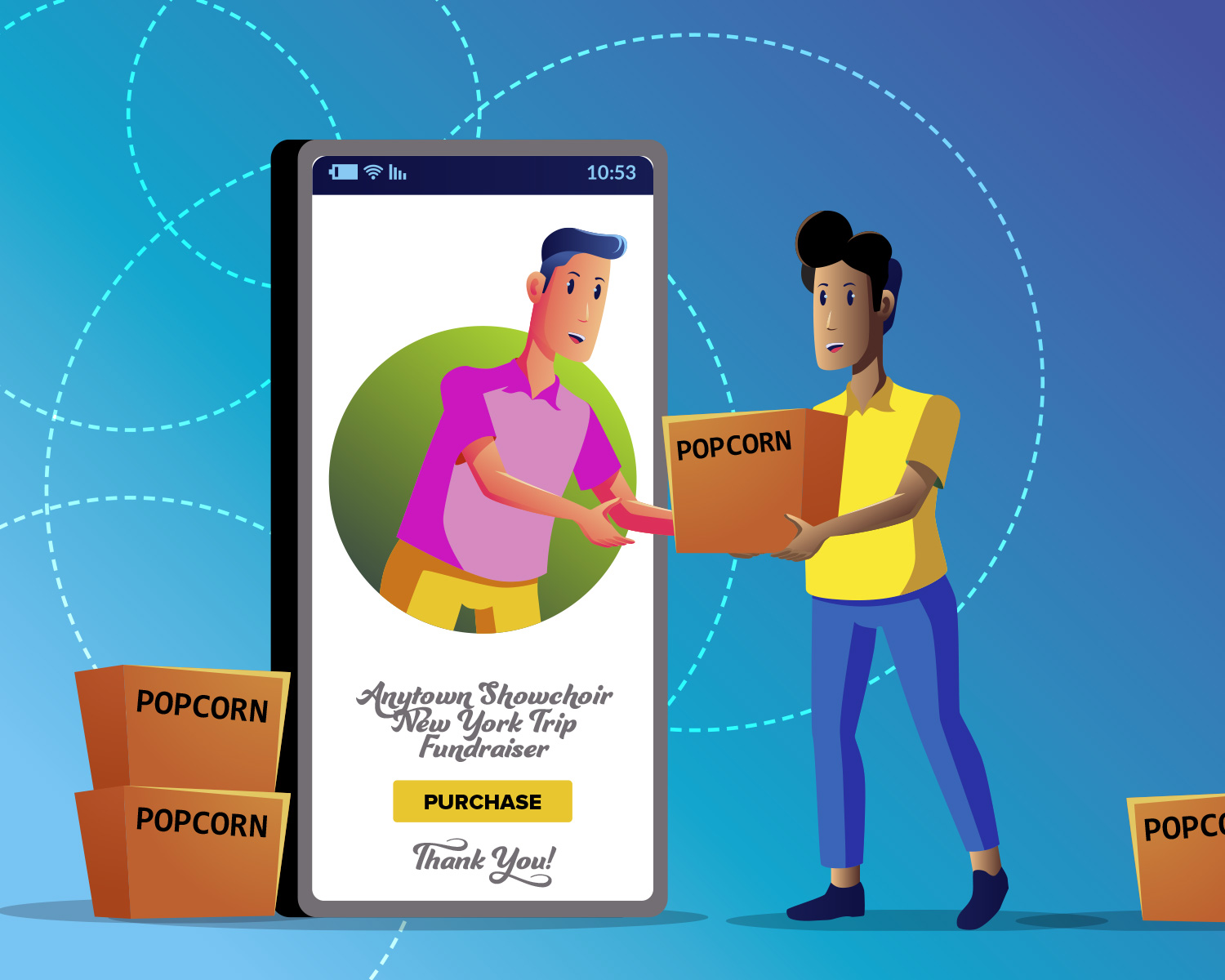
Creating Your Fundraising Team
The first step to fundraising is to delegate—choose a participant to spearhead the fundraising efforts. Find someone who is a good leader and can work independently. This person may even choose to delegate to a full fundraising team can tackle various projects.
Planning Your Fundraising Calendar
With the fundraising chair, plan your first kickoff meeting together to discuss financial goals and map out the fundraising calendar. First, discuss how much time you have to fundraise and how much money is needed. Once you have those two numbers, plan fundraising activities that are appropriate for your goals. For example, if you need to raise hundreds of thousands of dollars, a bake sale won’t cut it; you’ll be better off planning a few formal gala events.
If every student only needs to raise a couple hundred dollars, then you could choose fundraisers that focus on the individual. Knowing your community and your participants is essential to choosing the right fundraising activities. From there, plan out your full fundraising calendar. Determine which events and projects you want to tackle, choose dates, set fundraising goals for each, and delegate action items to your team. Then, let your fundraising chair take over. Schedule a check-in together before your first fundraising event to make sure you are on track for your goals.
Products
Selling popular items that members of your community need or were planning to buy anyway can be a terrific way to raise money for your music program. Hundreds of products are available to sell for gifts or personal use, including candles, cell phone chargers, mattresses, and more.
Food and Beverages
Everyone needs to eat and drink–that’s why popular foods and beverages like coffee, doughnuts, pizza, and fruit can make great fundraisers.
Apparel
Selling branded apparel not only raises funds for your cause, but also markets and promotes it. Try a “T-Shirt Crowdfunding Campaign.” It’s an unusual, yet brilliant, fundraising idea.
Promotions
Fundraising goes beyond planning. Promotions are key to meeting your fundraising goals. Here are a few ideas for promoting the fundraiser:
• Ask one of your creative participants to design a flyer for your event.
• Get a printing company to sponsor your organization by donating printing costs.
• Schedule a day for “painting the town with flyers” with your participants–divide volunteers by regions in the area and make a list of places to hang the flyers.
• If you have a blog, have someone blog pre-event, at the event and post-event with information on how to participate/donate.
• Big names can often draw people to your event. Consider asking a local celebrity or an alum who is famous in your community. Invite them to come speak and, if they agree, add their name to your promotional materials.
Video/Live Stream
• Try to live-stream your events, when possible—many people find videos appealing.
• Use video as a means of getting people to your event by posting videos of your group inviting people to come
• Try taking a series of videos of your participants telling their stories about why music is important to them, why traveling can change their life, etc.
• Post the videos on your social channels and website, then send to the media to promote your event
Business Sponsorship Packets
Delegate a job to one of your parents or companions who has connections in the community. Ask them to develop a “sponsorship packet” with donation levels and benefits to take around to the local businesses in your community.
Individual
Every individual is responsible for fundraising. Your participants can individually develop their own unique fundraising plans. Perhaps they wish to host their own party with friends and family or set up a GoFundMe account. Encourage your participants to take advantage of the available fundraising resources to earn extra money for the trip.
Follow-Ups after the Event
Even after a fundraising event, the fundraising continues. Keep reminding your supporters to donate year-round.











